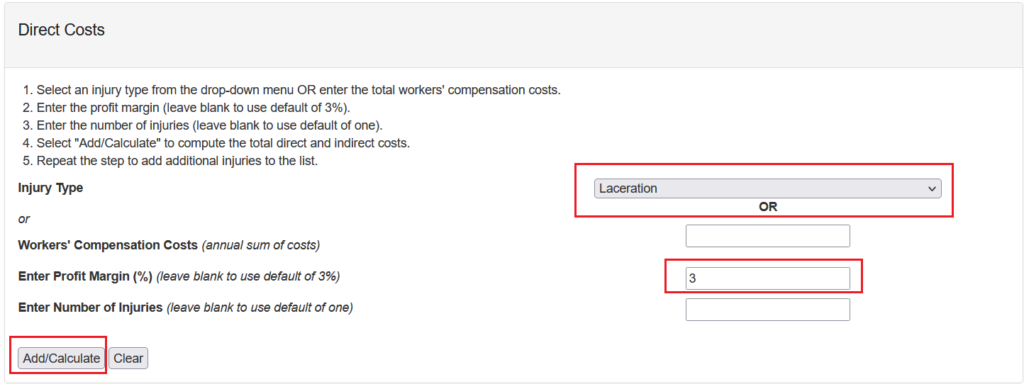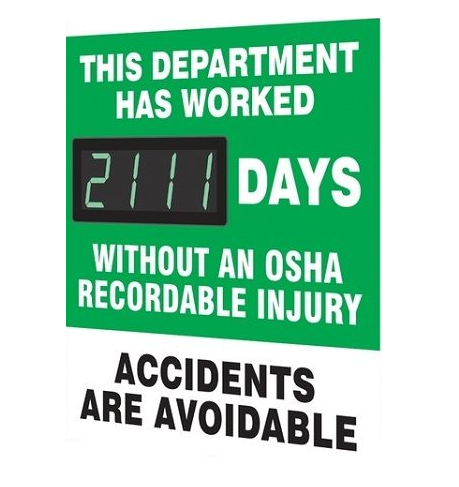Have you asked your VP of safety how much a recordable injury costs?
What does OSHA consider to be a recordable injury in the workplace?
OSHA considers any of the following methods of injury to be a recordable injury:
-
Any work-related fatality.
-
Any work-related injury or illness that results in loss of consciousness, days away from work, restricted work, or transfer to another job.
-
Any work-related injury or illness requiring medical treatment beyond first aid.
-
Any work-related diagnosed case of cancer, chronic irreversible diseases, fractured or cracked bones or teeth, and punctured eardrums.
-
There are also special recording criteria for work-related cases involving: needlesticks and sharps injuries; medical removal; hearing loss; and tuberculosis.
Recordable injuries are a large factor in insurance coverage rates
Recordable injuries in your workplace are also used in a calculation called a Total Recordable Incident Rate (TRIR) that is used to determine your facility’s safety performance over time.
You can calculate your TCIR or TRIR by using the following formula: (Number of OSHA Recordable injuries and illnesses X 200,000) / Employee total hours worked = Total Case Incident Rate.
Okay, so what about the cost of just one recordable injury?
OSHA’s Safety Pays Program has a calculator that can provide this exact answer and is rolled up directly into the impact on your company’s profitability per injury.
First, select the following example parameters as shown in the screenshot below showing the cost of a laceration to an employee and click ‘calculate’.

The image below shows the financial impact of the reportable injury/laceration to the imaginary company with a profit margin set at 3%.
The costs from this OSHA injury calculator are clear to see and the additional sales that must be made to make up for them are something to keep in mind if your facility is in an industry that exposes workers to hazardous environments.
Additionally, a company is liable to pay both direct and indirect costs of a reportable injury.

What are the direct and indirect types of costs for a reportable injury?
- Direct Costs of the Injury: medical treatment, medicine, therapy, and workers compensation.
- Indirect Costs of the Injury: training replacement employees, overtime, equipment loss, accident investigation, loss of productivity, and absenteeism.

Do you have a need for our services?
Lewis Bass can help your team identify the most common safety issues in your facility, along with providing immediate referrals to our trusted partners to address them on your behalf.
Not sure what service you need from us?
Take our service identifier quiz here.
Are you uncertain if your equipment is unlisted or not at your facility?
Lewis Bass has you covered here as well: download our unlisted equipment self-identification flyer here.
Do you have a need for an urgent machinery evaluation?
Please reach out to us using our contact form here or call us directly at our office line 408-942-8000. We are always available to help with rush jobs and permit-blocking safety situations at your facility.


